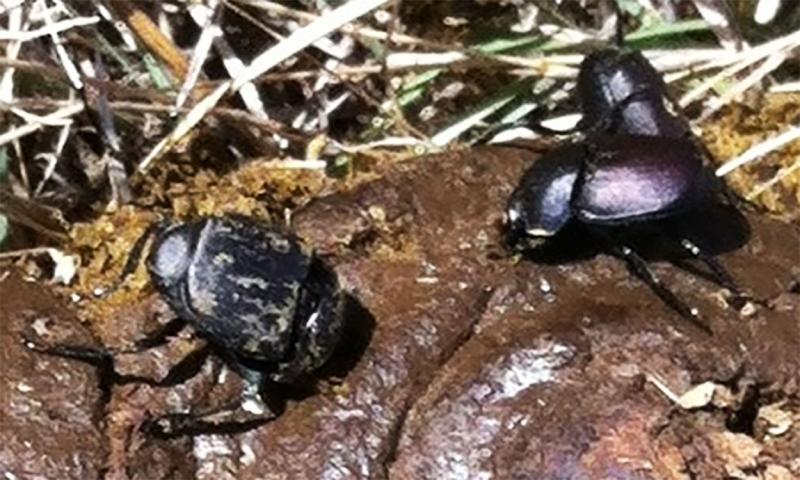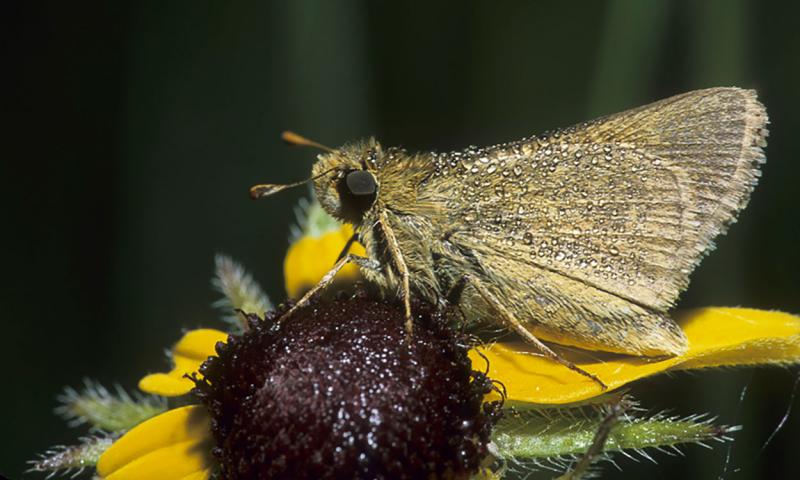
Spring and summer provide the conditions for the return of insects to the landscape. With many pressing needs to tend to during these seasons, many livestock producers may not find the time to consider the role insects play on in their operation.
Insects, in general, may offer more indication of rangeland health than any other type of organism. They serve as key building blocks that other organisms depend on. The insect community present in rangelands can be complex, and most people find identification of all but the most-common insects difficult. Consequently, other species are generally utilized to help interpret the condition of rangelands. For example, changes in grassland bird abundance or variety are often used as a general indicator of rangeland health. Birds are relatively easy to see and count; thus, observing grassland birds has become a powerful tool for many ranchers to gauge their range condition.

However, for most grassland birds to raise a successful clutch, they must provide their hatchlings with insects, or the young themselves must forage for insects on their own to meet their nutritional and developmental needs. This reality points to the critical role of insects in overall grassland ecology.
Furthermore, the beneficial insect communities that are present in rangeland are dependent on healthy-and-robust, functioning plant communities. For example, pollinating insects, such as honeybees, butterflies, native bees and flies, rely on the presence of flowering plants for nectar. Healthy-and-vigorous plant communities are maintained in rangeland primarily through healthy grazing systems that consider soil health and precisely targeted chemical inputs.

Healthy rangelands that offer the greatest profit potential are thus maintained through a holistic, or integrated, approach that considers all natural resources (vegetation, insects, birds, soils, water, etc.) and utilizes more than one approach at reducing pest populations.
While maintaining healthy pastures may make sense on paper, reality can unfortunately create some issues along the way. Grazing programs can be well-intentioned, but poorly implemented, leading to poor pasture health, poor soil health and reduced plant vigor. Unhealthy plant communities can be subject to invasion by undesirable plants, including noxious weeds, which require a holistic or integrated vegetation management plan to achieve lasting improvements. Additionally, insect pest populations also require an integrated approach that may incorporate either biological control or appropriately targeted insecticide management. Internal or external livestock parasites may lead to any number of topical or dietary treatments. In all cases, there may be adverse impacts to desirable or non-target insect communities. There may also be negative relationships between the use of various topical treatments for internal and external livestock parasites and non-target insect communities. Producers should take care to first understand what certain insects indicate related to ranch health before expending resources on their control.

